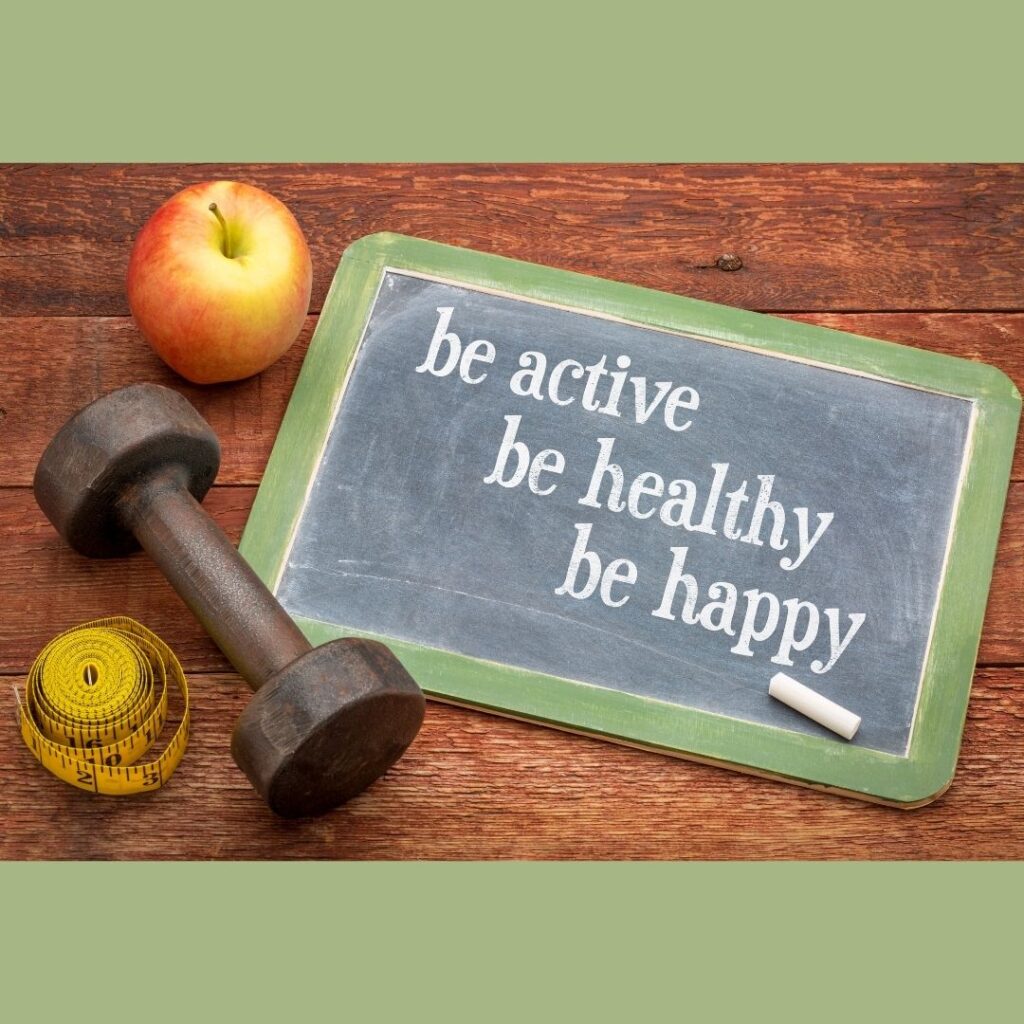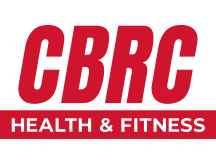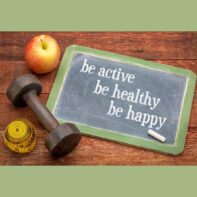BEING ACTIVE FOR HEART HEALTH
Did you know that not getting enough physical activity can result in the same kinds of health problems caused by smoking and being overweight? Moving more often: Improves your mood and sleep, slows the effects of aging, lowers your risk of heart problems, high blood pressure, Type 2 diabetes, and many kinds of cancer, helps maintain your immune system, which may help to lower the risk of infection, lessen symptoms and speed recovery from various illnesses, helps keep your mind sharp as you get older and lowers your risk of dementia and Alzheimer’s and increases your energy and simply makes life better!
AEROBIC ACTIVITY
Build up to at least 150 minutes/week of moderate-intensity activity (such as brisk walking, light cycling, or water exercise). You’ll improve your stamina and heart health.
What? Any rhythmic, continuous activity.
How Often? 3-5 days a week
How Hard? Fairly light to somewhat hard.
How Much? Start with 5-10 mins. Gradually build up to 20-60 minutes.
Aerobic Activity Cautions: When starting a new (or returning to a previous) program, begin with light to medium effort. If you monitor your heart rate during exercise, ask your health care provider what heart rate limits are appropriate for you. Make sure to warm up and cool down!
STRENGTH TRAINING
Strength training can help your muscles work better and increase your strength for daily and recreational activities.
What? Hand weights, resistance bands, weight machines, or your own body; for example, kitchen counter pushups or chair sit-to-stands.
How Often? 2-3 days a week. Rest on in-between days.
How Hard? Start with light effort then build to medium to hard effort.
How Much? 10-15 repetitions (for each major muscle group). Perform 1-3 times.
Remember: If you need it, get help from our exercise professionals. They can teach you the right way to do exercises and how to breathe properly.
Strength Training Cautions: Slowly increase how much you lift and how often ° Avoid straining or holding your breath when lifting. This increases your blood pressure.
OTHER TYPES OF PHYSICAL ACTIVITY
Flexibility: Stretch your muscles 2-3 days/week (or every day) to the point of feeling tightness. Hold for 10-30 seconds (30-60 seconds for older adults). For example, stretch your calves or the back of your thighs.
Take More Steps: Simply take more steps! Use a smartphone or activity tracker to measure. Slowly build up to 9,000 steps.
Just for Fun: Find ways of being active that are just plain fun. Try pickleball or ping pong. Dance. Tend your garden. Play outdoors with your kids or grandkids. Find what makes you smile and do it often.
FINAL WORDS
– Start simple. Simply sit less and move around more. Walk to the mailbox. Walk the dog. Dance at your desk. Take the stairs. Find opportunities to move throughout the day.
– Be Active with a friend. Do activities you enjoy and find a buddy at home or work. Those who exercise with a friend tend to stick with it longer than those who go it alone.
– Check Your Health. If you have health worries, talk with your health care provider before you start exercising.
– Muscle or joint problems? Ask about doing physical therapy before beginning an exercise program.
– Motivation. Use a smartphone or activity tracker to measure your progress and stay motivated. Count your steps daily for the first week or two. Gradually build up to 7,000-9,000 steps each day.
MOVEMENT HEALTH & MOVEMENT FUNCTION
Our Exercise Professionals believe that exercise is medicine and are eager to assist! To get started today call (509) 943-8416 or email [email protected].
American College of Sports Medicine, Exercise is Medicine accessed December 2020, <https://www.exerciseismedicine.org/>

